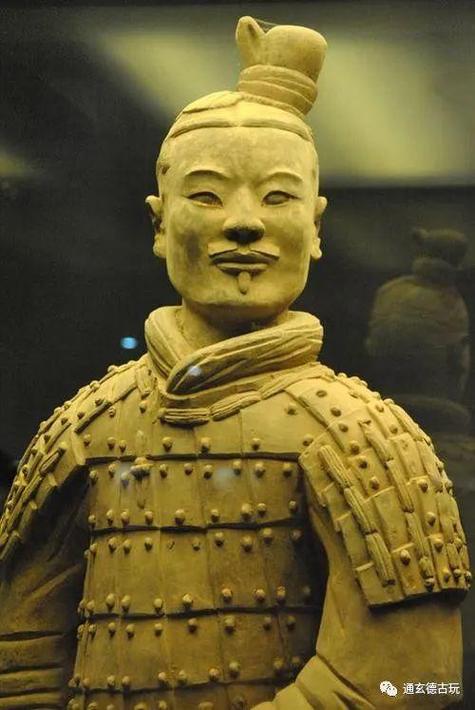
Are the Terracotta Warriors Still There?
The Terracotta Army: An Enduring Legacy
The Terracotta Army, an awe-inspiring collection of life-sized terracotta sculptures depicting the armies of Qin Shi Huang, the first Emperor of China, is a sight to behold. Discovered in 1974 by farmers digging a well in Lintong District, Xi'an, Shaanxi province, China, the army has captivated the world with its sheer scale and intricate detail.
Unearthing an Empire's Might: Excavations and Discoveries
Since its discovery, archaeologists have been carefully excavating the site, revealing thousands of terracotta warriors, horses, chariots, and weapons. Over 2,000 figures have been unearthed from three different pits, each offering a unique glimpse into the military might of the Qin Dynasty.
- Pit 1: The largest of the three pits, contains the main force of the Terracotta Army, with thousands of infantrymen and charioteers arranged in battle formation.
- Pit 2: Houses a more diverse range of troops, including cavalry, archers, and war chariots, showcasing the various branches of the Qin army.
- Pit 3: Believed to represent the command post, Pit 3 contains high-ranking officers and a chariot thought to belong to the emperor himself.
The Buried Legion: An Estimate of Hidden Wonders
Despite the impressive number of figures already unearthed, experts estimate that over 6,000 terracotta warriors and horses remain buried underground. These yet-to-be-discovered figures are a testament to the vastness and grandeur of the original mausoleum complex.
A Fragile Legacy: Preservation and the Future
Preserving the Terracotta Army is a monumental task. Exposure to air and humidity can cause the painted surfaces to fade and flake, while the fragile terracotta itself is susceptible to damage. Archaeologists and conservationists are constantly working to develop new techniques to protect these ancient treasures for generations to come.
Visiting the Terracotta Army: A Journey Through Time
The Terracotta Army is a UNESCO World Heritage Site and a popular tourist destination. Visitors can marvel at the sheer scale and detail of the figures in the three excavation pits, as well as explore the adjacent museum, which houses artifacts unearthed from the site. The Terracotta Army is a testament to the ingenuity and artistry of the ancient Chinese, offering a unique window into the past.
FAQs:
Q1: How old are the Terracotta Warriors?
A1: The Terracotta Army dates back over 2,200 years, to the 3rd century BC, during the Qin Dynasty.
Q2: Why were the Terracotta Warriors buried?
A2: The Terracotta Army was created to accompany Qin Shi Huang, the first Emperor of China, in the afterlife, protecting him and ensuring his continued rule in the next world.
Q3: Are all of the Terracotta Warriors the same?
A3: No, each Terracotta Warrior is unique, with distinct facial features, hairstyles, clothing, and armor, showcasing the individuality of the soldiers they represent.